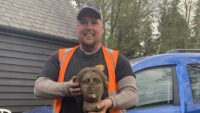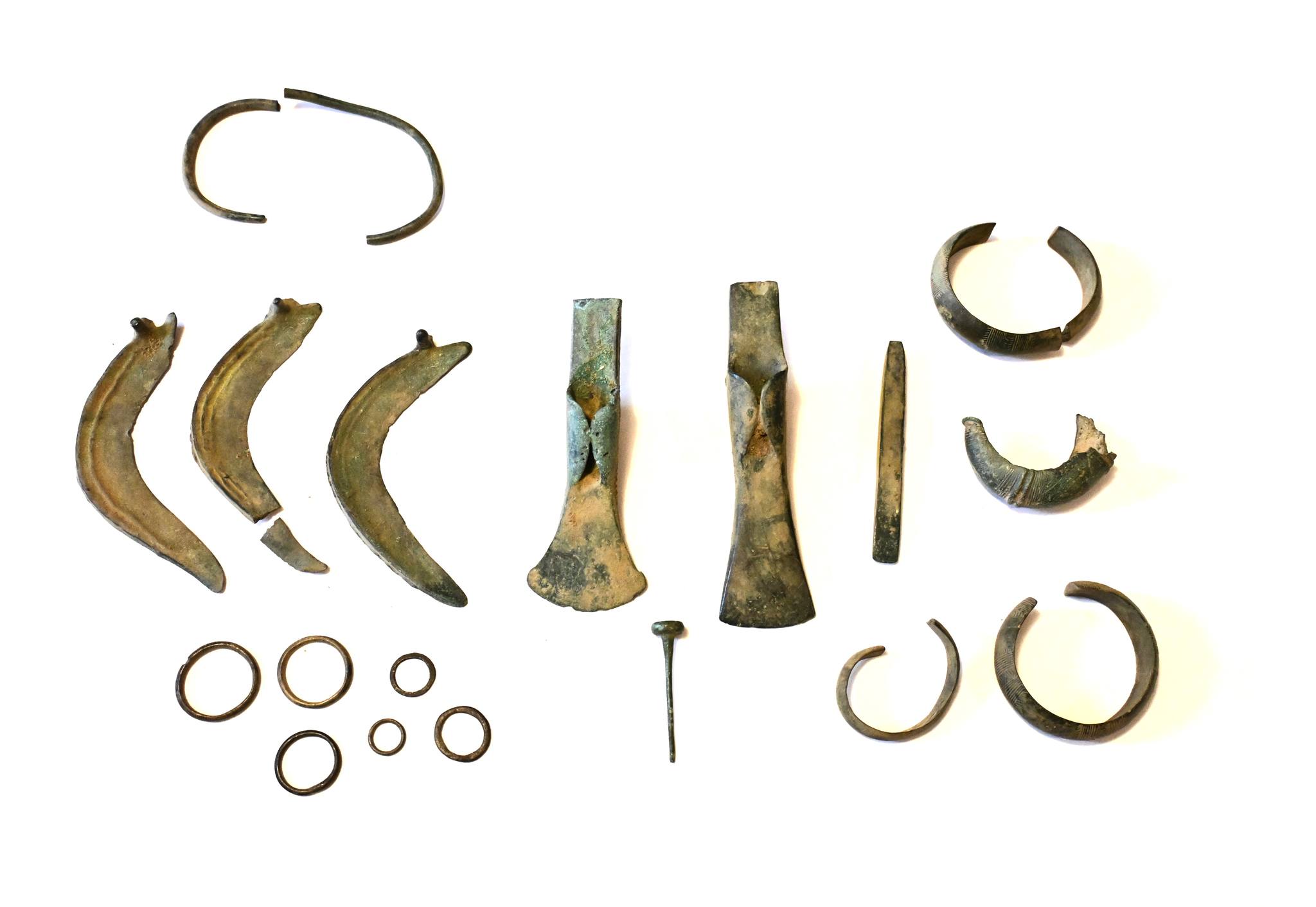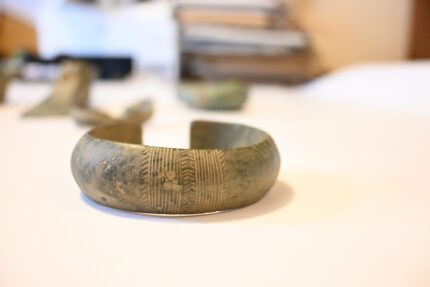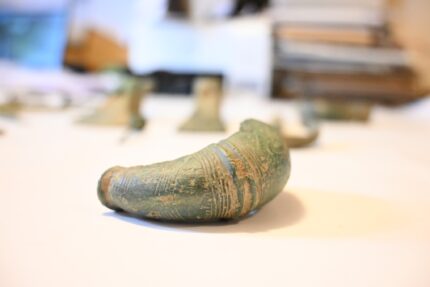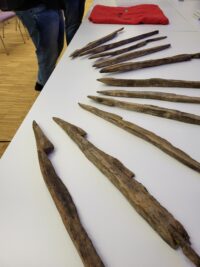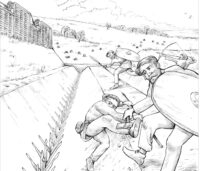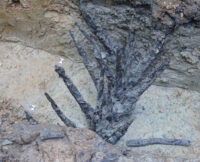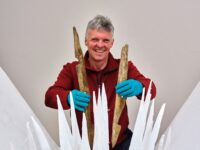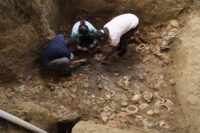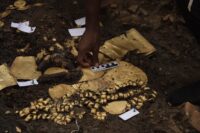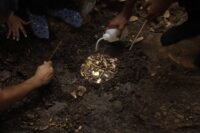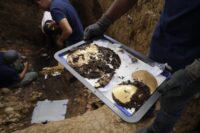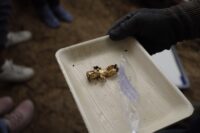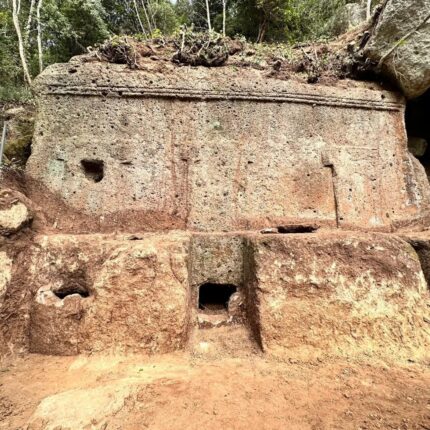 Archaeologists have uncovered a large Etruscan tomb in the San Giuliano Rock Necropolis in the Lazio region of central Italy that was hidden for centuries under thick vegetation. The tomb is approximately 2,300 years old.
Archaeologists have uncovered a large Etruscan tomb in the San Giuliano Rock Necropolis in the Lazio region of central Italy that was hidden for centuries under thick vegetation. The tomb is approximately 2,300 years old.
About 45 miles northwest of Rome, the San Giuliano necropolis is one of several Etruscan rock necropolises located along the Via Clodia, a Roman road built in the 3rd century B.C. connecting Rome to Etruscan towns in central Italy along a far more ancient route that was part of the Vie Cave road network. The necropolis was associated with an Etruscan town occupied from the 7th through the 4th centuries B.C. that was built on top of a plateau. The Etruscan name of this town is unknown and almost nothing of it remains today, but the imposing size and rich variety of rock tombs in the necropolis bear witness to the wealth of its residents.
The tombs predominantly date to the Archaic period (7th-5th century B.C.) although the necropolis continued to be used through the 3rd century B.C. Many different types of Etruscan tombs were cut out of the soft tufa of the hill, including tumuli, cube tombs, pit tombs, niche tombs and two-story upper loggia tombs that are unique to San Giuliano. More than 500 tombs have been documented so far, but that’s just the tip of the iceberg. The tombs are located on steep slopes in thick scrub accessed by hiking through ravines, so much of the site remains unexcavated.
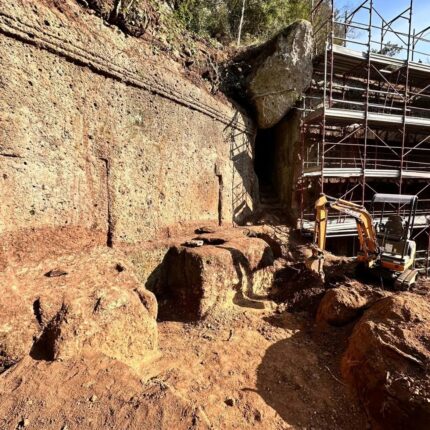 The newly-discovered tomb came to light after funds were secured for a three-year project to clean and restore some of the most important tombs in the necropolis. The first site chosen was the area around the monument Queen’s Tomb, a 5th century B.C. two-story tomb 46 feet wide and 33 feet high with a side staircase leading to the upper terrace and two Doric doors leading into the two funeral chambers. It is the largest known tomb in the necropolis.
The newly-discovered tomb came to light after funds were secured for a three-year project to clean and restore some of the most important tombs in the necropolis. The first site chosen was the area around the monument Queen’s Tomb, a 5th century B.C. two-story tomb 46 feet wide and 33 feet high with a side staircase leading to the upper terrace and two Doric doors leading into the two funeral chambers. It is the largest known tomb in the necropolis.
The clean-up the façade revealed a previously unknown three-chamber tomb next to the Queen’s. It is a semi-cube type tomb and has three unfinished fake doors carved into the top half.
This operation is thus proving to be fundamental to shed light on a part of necropolis previously unclear and that will increase knowledge of the varieties of tombs of the 5th and 4th sec. a.C. as well as the “urbanistic” plant of what presents itself as a real “city” dug on multiple levels and which includes more than 500 known graves so far from the 7th c. B.C. to the 3rd c. B.C.
